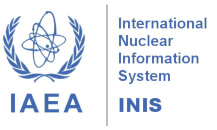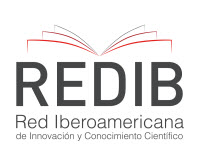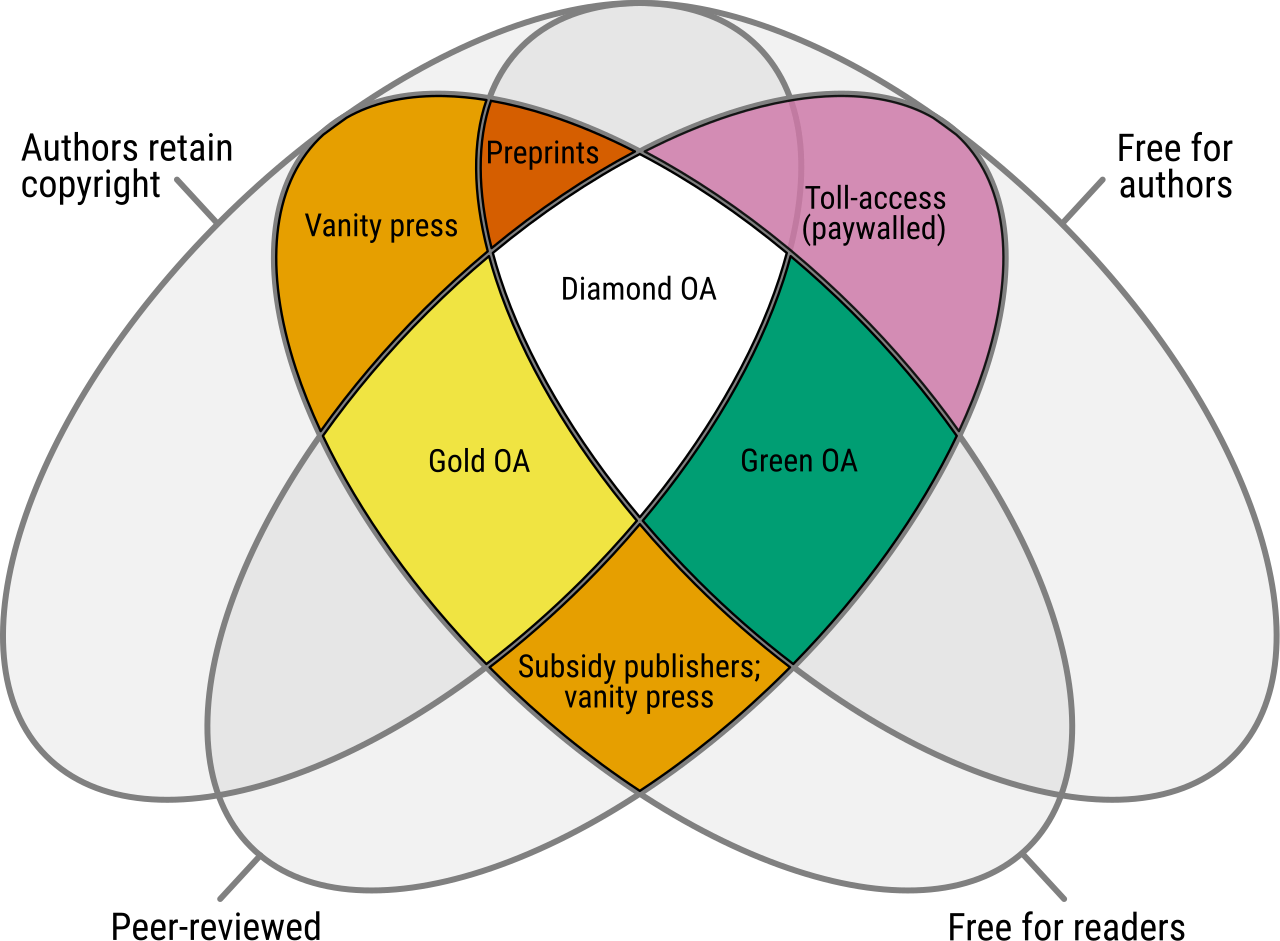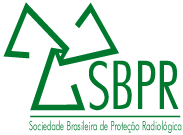A Radiological Evaluation of Using NORM Residue in Building Materials
DOI:
https://doi.org/10.15392/2319-0612.2025.2880Keywords:
Re-use of NORM residue, Building Materials, Sustainability, Circular economyAbstract
The sulphate route for titanium dioxide production in Brazil yields 30,000 tons of annual residue, currently disposed of in industrial landfills. This long-term storage incurs significant maintenance and safety costs, alongside environmental impacts. This residue is enriched in the natural radionuclides of the uranium and thorium series and is classified as a NORM (Naturally Occurring Radioactive Material) residue. To minimize the environmental impact of such waste disposal, it is necessary to offer alternatives for its safe reuse, in line with the principles of sustainability. This paper evaluates the radiological exposure associated with incorporating this residue into interlocking and cement blocks. An experimental house was constructed with cement block walls and interlocking block flooring, and internal gamma exposure and radon concentration were measured. Results indicate that incorporating up to 23% of the residue does not elevate indoor radon concentration above the international limit of 200 Bq.m-3 and keeps external gamma exposure below 1 mSv.
Downloads
References
[1] UNSCEAR – United Nations Scientific Committee on the Effects of Atomic Radiation. Sources and Effects of Ionizing Radiation. New York, v. 1, Annex B: Exposures from natural radiation source, 2000. Disponível em: https://www.unscear.org/docs/publications/2000/UNSCEAR_2000_Annex-B.pdf
[2] EC – European Commission. Radiation Protection 112. Radiological Protection Principles concerning the Natural Radioactivity of Building Materials. 1999.
[3] EC, Council directive 2013/59/EURATOM of 5 December 2013 laying down basic safety standards for protection against the dangers arising from exposure to ionizing radiation Off. J. Eur. Union, L 13/1, 2013.
[4] MAZZILLI, B. P.; CAMPOS, M. P.; OXOSSI, M. M.; CAJAZEIRA, L. Revalorisation of Residues in the Scope of the Circular Economy. Case study from the Titanium Dioxide Industry. In: 10th International Symposium on Naturally Occurring Radioactive Material – NORM X, Utrecht, Netherlands, May 2022. Disponível em: https://nucleus.iaea.org/sites/orpnet/resources/SitePages/NORMX.aspx.
[5] IAEA – International Atomic Energy Agency. Management of NORM Residues (IAEA-TECDOC-1712). Vienna: IAEA, 2013.
[6] ALBUQUERQUE, D. D. M.; ANDRADE NETO, J. S.; AMORIM JÚNIOR, N. S.; SANTOS, V. S.; RIBEIRO, D. V. Evaluation of the Influence of the Waste Originated by the Production of Titanium Dioxide (URM) on the Physical-Mechanical Properties of Coating Mortars. Key Engineering Materials, v. 765, p. 319-323, 2018. Disponível em: https://doi.org/10.4028/www.scientific.net/KEM.765.319. DOI: https://doi.org/10.4028/www.scientific.net/KEM.765.319
[7] LLANES, M. C.; GONZÁLEZ, M. J. G.; MORENO, S. M. P.; RAYA, J. P. B. Recovery of ilmenite mud as an additive in commercial Portland cements. Environmental Science and Pollution Research, v. 25, p. 24695-24703, 2018. Disponível em: https://doi.org/10.1007/s11356-018-2498-9. DOI: https://doi.org/10.1007/s11356-018-2498-9
[8] RIBEIRO, D. V.; AMORIM JÚNIOR, N. S.; ANDRADE NETO, J. S.; ALBUQUERQUE, D. D. M.; MAZZILLI, B. P. Performance and radiological implications of using residue from TiO₂ production as a component of coating mortars. Construction and Building Materials, v. 306, p. 124885, 2021. Disponível em: https://doi.org/10.1016/j.conbuildmat.2021.124885. DOI: https://doi.org/10.1016/j.conbuildmat.2021.124885
[9] CNEN – Comissão Nacional de Energia Nuclear. CNEN NN 3.01: Requisitos de Segurança e Proteção Radiológica para Instalações Minero-Industriais. 2016. Disponível em: https://www.gov.br/cnen/pt-br/acesso-rapido/normas/grupo-4#1
Published
Issue
Section
License
Copyright (c) 2025 Barbara Paci Mazzilli, Fernanda Yuri Muta, Lara Vitória Santos Couto, Antonio Luis Silva Costa, Vilmar Pedreira Oliveira, André Luiz Batista Cabral

This work is licensed under a Creative Commons Attribution 4.0 International License.
Licensing: The BJRS articles are licensed under a Creative Commons Attribution 4.0 International License, which permits use, sharing, adaptation, distribution and reproduction in any medium or format, as long as you give appropriate credit to the original author(s) and the source, provide a link to the Creative Commons license, and indicate if changes were made. The images or other third party material in this article are included in the article’s Creative Commons license, unless indicated otherwise in a credit line to the material. If material is not included in the article’s Creative Commons license and your intended use is not permitted by statutory regulation or exceeds the permitted use, you will need to obtain permission directly from the copyright holder. To view a copy of this license, visit http://creativecommons.org/licenses/by/4.0/






















